Learning Audio the Old-School Way: From Huge Rooms to Home Studios with Alex Venguer
Over the past 20 years, the audio industry has gone through well-documented changes in technology and in business models. What has not changed however, is the value of of preparation, simplicity, ears and taste.
Multiple GRAMMY award-winner Alex Venguer honed those traits as an assistant and then engineer at some of New York City’s biggest and most iconic studios, engineering for a wide range of artists from 50 Cent to Aretha Franklin to Sting.
Among the last—and possibly final—generation to come up through the through the big recording studio model that dominated the 20th century, he is equally as competent with an old-school analog console as he is with a modern compact digital workstation.
Venguer’s successes, both on staff at some of the biggest studios in the world, and now as an independent, proves that engineering is really about adaptability and knowledge of the fundamentals of sound and acoustics, not just the ability to pull up lengthy plugin chains.
You were born and raised in Mexico before becoming a staple of the New York City recording scene. Can you talk a bit about your journey?
Like for so many engineers, it started playing an instrument and obsessing over the records I loved. That, plus the experience of recording an album with my band in high school and being able to see how creative you could be in the studio, made me decide that’s what I wanted to do.
From there I went straight to Berklee College of Music where I majored in Music Production & Engineering. I came into it thinking engineering would be secondary to my main interest which was production, so I combined that major with a lot of classes from the Arranging and Composition majors. Eventually I realized I was a better engineer than producer, arranger or composer and little by little I started to drift more towards engineering as my main interest.
After college I moved to NYC and started working as a general assistant at Sound On Sound Studios. By the time that I was promoted to assistant the plan to merge Sound On Sound and Right Track started to come together, so most of my assisting years happened at Legacy Studios. [The Right Track Recording rooms operated under the name Legacy, and then MSR, before closing earlier this year].
After two-and-a-half years as a GA and two- and-a-half as an assistant, I figured I was tired of assisting and ready to go freelance, especially since I had also been engineering a lot for the studio and on my own during those five years. And so I jumped into the freelance world where I had absolutely no work for the first month. And then, as I was starting to really freak out, stuff started picking up and luckily has not slowed down.
You followed what was once a pretty traditional career path for an engineer: Move to New York, get a job as a GA or ”runner”, and work your way up the ladder, and now you’re mixing for Sting. Can you discuss your path versus the more modern path of getting a DAW and some plugins and learning on your own?
I’d say that what you really get out of the traditional path is the discipline for being an engineer. That’s not to say you can’t be disciplined and do it on your own, but being a runner and assistant is like going to school for it.
It shows you the tools as others use them, and then you can use them in your own ways.
This goes hand-in-hand with learning and being influenced by many engineers over the course of your time as an assistant. So in a way, it makes it easier to find your own workflow from seeing so many others’.
Again, it doesn’t mean that you can’t learn that on your own—it might just take more detours. I’m going to totally generalize here just to make a point, but an example could be to see how so many engineers I know that were assistants keep their tracking and mixing pretty simple and straight ahead, and then you read online how so many engineers who learned on their own with their DAW and plugins have such convoluted routing and how much they process everything.
In the end, as long as it sounds good and it works for you, it doesn’t matter how complicated it is or how much processing you do, but learning in a traditional assistant setting you find simpler ways to do things. Then again, who knows… I might be wrong!
You’ve been in NY long enough to have worked in some of the finest studios here— many that are unfortunately gone now, like Right Track, Sound On Sound and Avatar. Which of those do you miss the most, and it is there anything about those places that can’t easily be reproduced?
Well luckily, it looks like we won’t have to miss Avatar, so I’ll take that out of the list. [Berklee College of Music now has plans to continue to operate Avatar in some capacity.]
Each one of the rooms from Right Track and Sound On Sound were special in their own way. Obviously because they were great rooms but there’s also the “nostalgia” factor for each of them. But if I had to choose one room [as exemplary], it would be Right Track’s a509 which was the last dedicated orchestral room in New York. That room was beautifully built, was extremely comfortable to work in, was very well thought out in terms of the tech layout, and could be used to record everything from a large orchestra to a small jazz trio.
The other room that would make the list for me would be MSR’s Studio B, which for years was my favorite room in the city. Even though it was a smaller space, it just had this beautiful wooden tone to it that I always loved. Many of my favorite records I’ve done were either done there, or at least had strings and or horns done there.
I think there are two big things that are hard to replicate: The obvious one is the acoustics. And by this I don’t mean that it sounded good or had no acoustical problems. More importantly, what you’re talking about here is the character of the room. You went into Studio B and it just had that tone and texture that no other room has. Avatar A is the same way— there’s this top end and low mids to that room that just scream “that’s Avatar A!”
Abbey Road is the same way. You record in Studio 2 and there’s a roundness to the top end that is found nowhere else. You get tracks from Studio 1 and it just has that heft and thickness that the room imparts as it’s personality.
The second thing is the comfort and options that a room of that level gives you. In other words, the isolation, sight lines, gear and staff that come with the room. This lets you use the room creatively and as a great problem solving tool.
While you still work in a number of rooms around the city, I know you’ve also got your own impressive setup at home with a Slate Raven and Burl converters and everything. Can you tell me a bit about your home workflow and how you approach it differently from working on a console?
Yeah it’s a setup that I really, really love. The funny thing about it is that, because it started as a setup in my bedroom to work on small projects while I was still assisting, it never really became a formal studio in any way.
The setup itself is great for my workflow since it is based around mixing in the box, but with some key pieces of outboard—therefore I get the best of both worlds since it recalls almost instantaneous, but I do get some additional color from the outboard.
The way it is set up, I have 30 channels out of my Antelope Orion interface into a Burl summing box. The first 8 channels are mono and then the remaining ones are stereo pairs. Then the output of the summing box goes to a RND 5043 compressor which feeds a Retro 2A3 EQ.
Both these pieces stay with the same settings most of the time—the only thing that changes is the threshold on the compressor, but otherwise my ratio, attack, release on the RND and the EQ settings on the Retro rarely change.
From there, the mix goes back to the computer through a Burl B2 ADC and I can listen to input on Pro Tools through my last 2 channels which feed a Burl B2 DAC.
For monitoring, I have the Burl Orca as my control room monitor section and that feeds a Hot House amplifier and my Hot House PRM 165 speakers. So all the track by track processing as well as FX are ITB, but then I get the analog summing and some coloring through the Portico, Retro and Burl ADC.
As for approach, to be honest I don’t approach it very differently as if I was mixing on a console. I don’t really use subgroups or particular routings or templates. I basically put each track out of an output like I would in a console, and once I’m out of outputs I just circle around and start from the top again.
I typically use VCA groups in Pro Tools like I would on an SSL, and do most of my automation from the VCA’s using the Raven and going to the individual tracks just when I need to automate something separately from the group. Once I start mixing I’ll usually just start adding plug ins and effects as the mix needs them. So it’s pretty much the same process as I would have when mixing on a console.
That’s not the only gear you have. Anyone who follows your Instagram account @ootermind will find as many pics from your kitchen as in the studio. I know a lot of engineers who love cooking, myself included. What do you think is the reason for that crossover?
Just recently I actually read an article about how chefs are really picky about the type of tape and color that gets used to label stuff in kitchens, and I immediately thought that it was the perfect example of how the cooking and recording worlds are so similar.
For starters you have to be a little OCD, stubborn and passionate to really get into either of them on a professional level. The stories of how cooks get treated in kitchens and the intensity definitively remind me of being a GA or an assistant.
In terms of cooking at home, obviously the pressure is totally different—even if my wife jokes that everyone should stay away from the kitchen when I cook—but the sense of preparation, organization, creativity and being able to improvise and respond to the song or dish as it changes during the course of the process feels almost identical to me. So I think that’s what makes them such similar worlds, and why so many of us gravitate to the kitchen.
What is your favorite thing to cook? Your homemade pasta looks pretty amazing…
Definitely pasta. However lately, I’ve also started to get into bread-making. I also love to cook and obsess over steak, but pasta does hold that soft spot in my heart.
Back to the studio, when you sit down to mix a record, do you have a specific process you tend to follow? Things will change per song of course, but is there a certain workflow that you stick to?
Definitely. Mine is very simple and pretty much the same no matter how simple or complicated the music is.
As I was saying with the cooking, it starts with the prep. I start with cleanup, organizing tracks, adding markers, creating groups and I/O so that once I get to mixing I don’t have to think of any of it anymore.
I’ll usually listen to the song a couple times while I do this—be it a rough mix or just a faders up rough if the client didn’t provide one so that I can get an idea of what I want the mix to sound like.
Then, I’ll usually work on finding what kind of reverbs are going to work for the song. For this I typically use the vocal if there is one, otherwise I’ll use any lead instrument, or in the case of it being an instrumental chamber piece, I use my rooms and find the effects that create the space I like.
Then I’ll just bring all my faders down and choose what the base of the song has to be: The beat or drums in a pop or rock tune, the main room mics on a chamber ensemble, the bass or piano for a jazz tune, and so on. From there, I start building on the song and bringing faders up as it makes sense.
I will usually work on all sorts of aspects of processing here on a track-by-track basis as I get to them: EQ, dynamics, reverbs, delays, modulation fx or whatever I use, and then finally volume against what is already up.
I tend to move pretty quickly from track to track but do go back to do changes as needed. Once I have all the tracks up I tend to sit and just listen to the static mix on loop for a while to make sure I like it and change stuff as it comes up. When I’m happy with that static mix I’ll start automation and just go from the top of the song to the end and repeating until I’m happy.
Almost nothing works on every song, but do you have a “secret weapon” that is a major part of your sound?
Not really! I would say that simplicity is pretty key to it. I tend to never over-mic and I very rarely process very heavily. I’ll never shy away from recording through an EQ or compressor, or processing heavily if the sound calls for it, but I’ll never do it just because I can and because the tools are there. I think that might be the one thing that I can always tie into being part of my sound.
Finally, you’ve worked with some of the greatest artists, engineers, and producers of our time. Do you have a career highlight or a great story working with one of them that you can share?
Sure. Obviously having been able to work with producers such as Arif Mardin and Phil Ramone felt like such an honor! So those would certainly be up there as career highlights—even though in both cases it was as assistant.
Other highlights have included engineering a record that Kevin Killen was producing, being that he has always been one of my favorite engineers and that he mixed what I would consider the best-sounding pop record ever, [Peter Gabriel’s] So. It was certainly exciting to be able to engineer for him.
In terms of stories, this one is a funny one: I got a call to record a version of “Respect” for the US Open and it turned out that Aretha Franklin herself was going to be at the session to supervise it since she would sing it live at the event.
For starters, working with Aretha is as “career highlight-ey” as it gets. Anyways, we were tracking drums, bass, piano, guitar and some horns. The session had gotten booked last minute so the musicians got to the studio at the same time as we did to setup, so we ran to get everything together and finished setting up mics as they were starting to rehearse.
I had most my mic pres up when I hear Aretha tell the pianist that she wants him to play it differently and that she’ll show him real quick. So she sits at the piano, and luckily, I decide to hit “record” as she counts off and the whole band starts to play.
I remember that my kick, snare, hi hat and tom mic pres were still down, so I ran to bring them up as they went through the intro. They finished their rehearsal and she says “Yeah, that was great—you got it? Let’s do one more, but that was probably it”. And so it was.
They did another take, came in to listen and she decided the rehearsal was the take. I quickly copied a couple kick and snare hits and placed them by ear in the intro where I had no kick or snare because the pres were still down at that point in the take and luckily it all worked out.
Please note: When you buy products through links on this page, we may earn an affiliate commission.







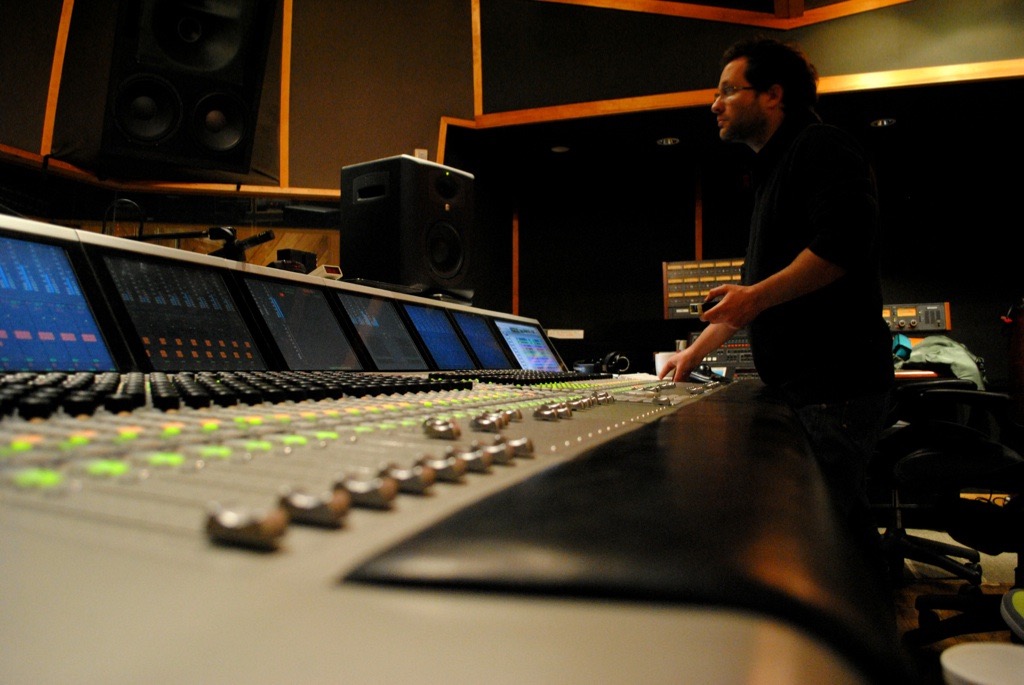

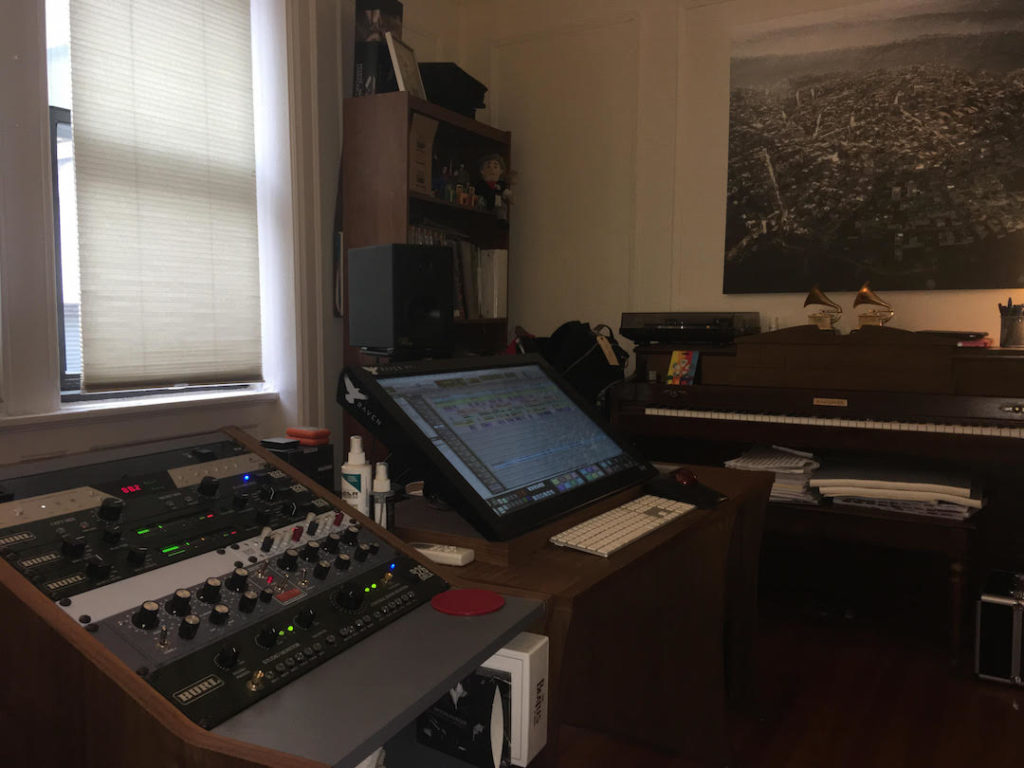
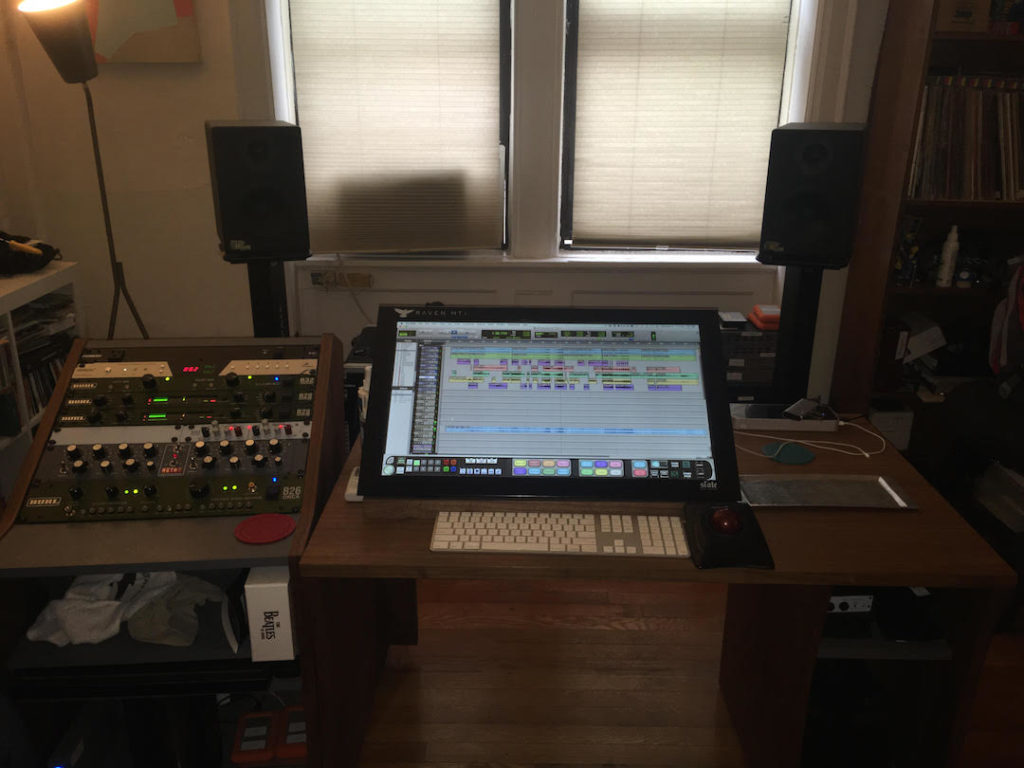
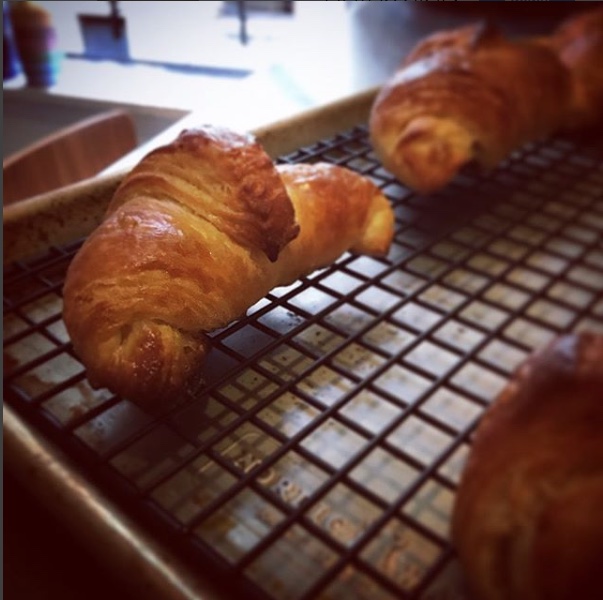
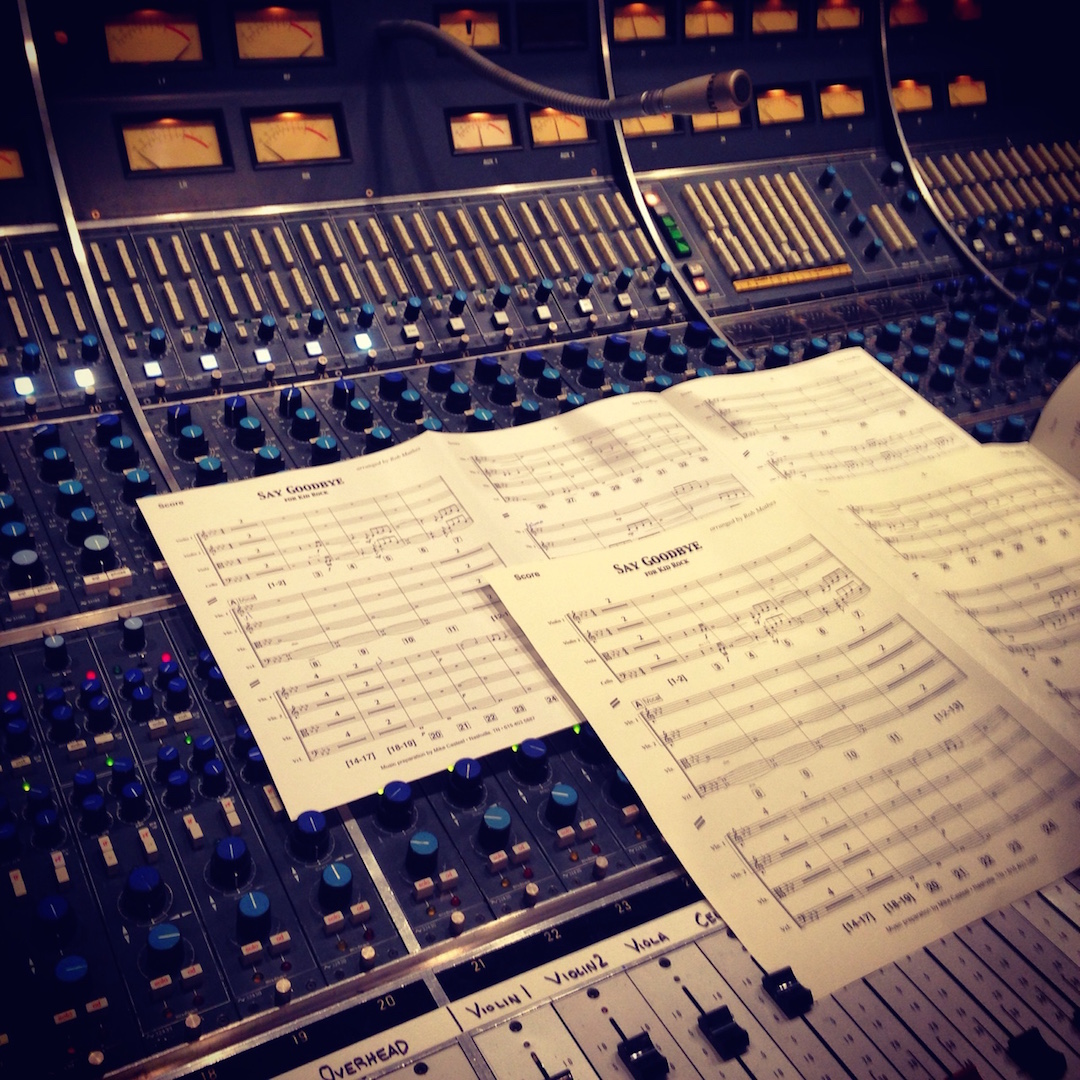
Albertomo
November 22, 2017 at 2:37 pm (6 years ago)Congratulations!!!! Alex